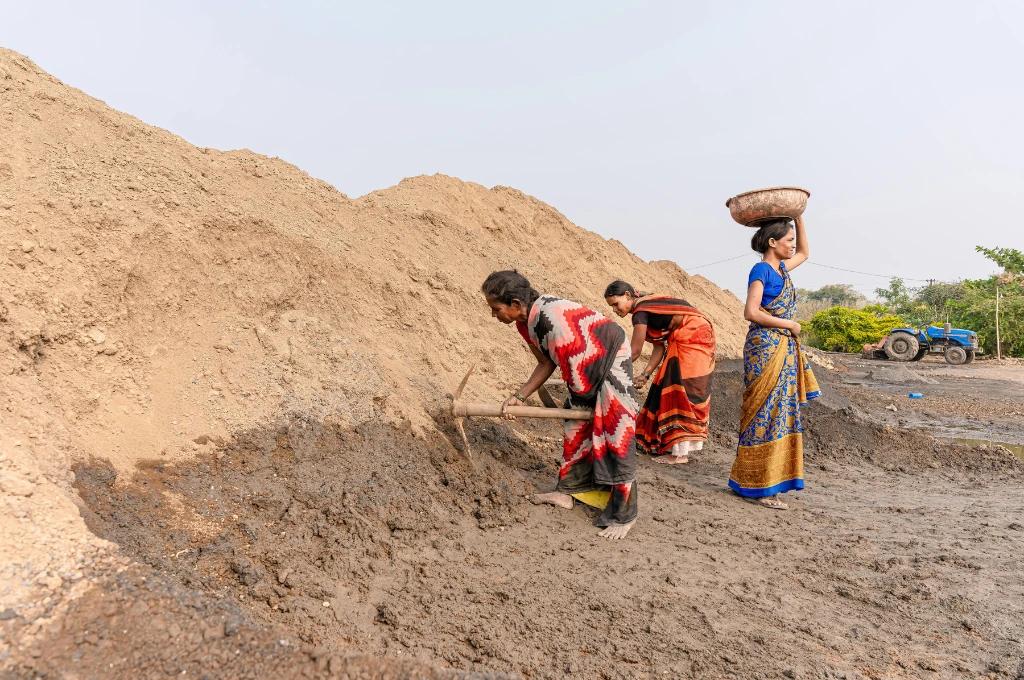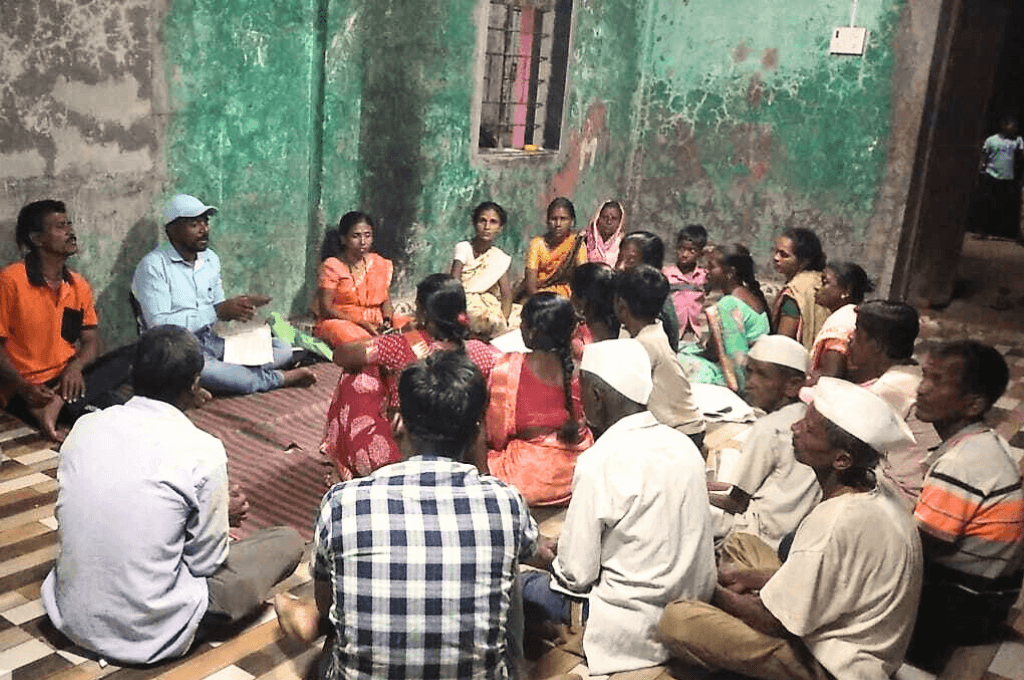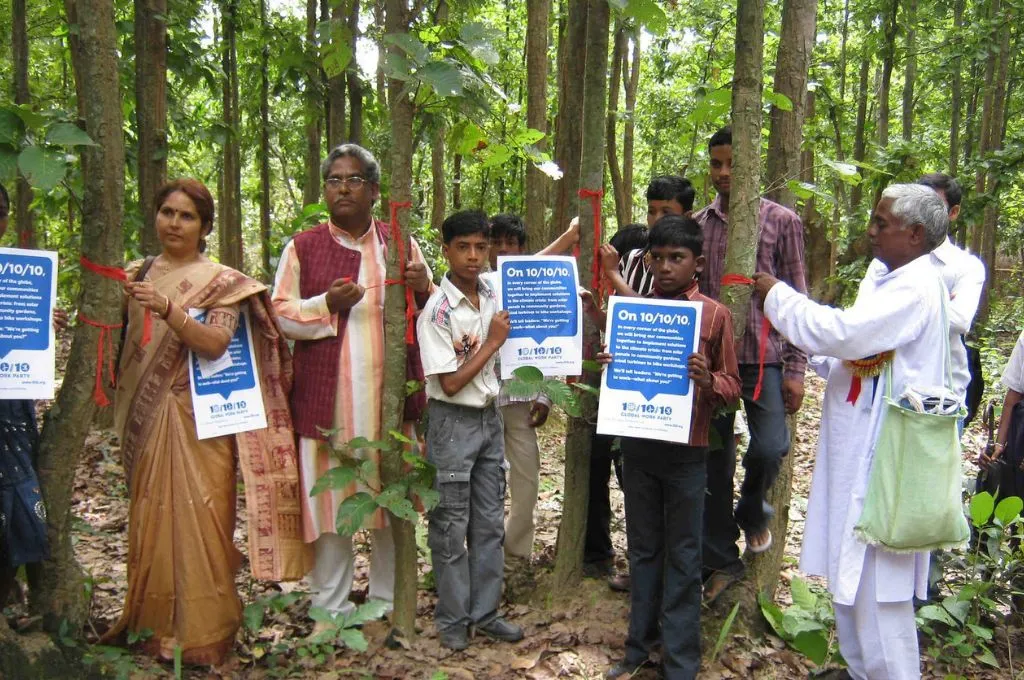The second wave of COVID-19 brought with it unimaginable grief, agony, and frustration. India saw a sharp increase in the number of deaths, especially among younger people, which meant that many children lost one or both parents. Reports of people seeking help for orphaned children as well as requests to ‘adopt’ these children emerged on social media. Data collected and presented by the National Commission for Protection of Child Rights in the Supreme Court as of June 8th, 2021 revealed that COVID-19 left 3,621 children orphaned. Additionally, more than 26,000 children lost one of their parents and 274 children were abandoned. These numbers, which are likely to be higher, indicate grave protection-related issues for children.
To address this emerging child rights issue, the central government and various state governments announced social protection packages for children orphaned due to COVID-19. These packages mainly include cash transfers (different governments have designed various modalities) and concessions with a preference for the education of children who have been orphaned. Some packages also include health insurance and employment assurance upon completion of education. Though timely, there is a conscious need to design, allocate, and implement these schemes using a child-sensitive lens that responds to gender and age-appropriate needs.
Design better schemes
In most state government packages, an orphaned child will receive monthly cash transfers ranging from INR 2,000 to 5,000. Like various other programmes, the basis for allocating these amounts isn’t clear and lacks consistency across states. The targeting and eligibility criteria also vary from state to state. For example, the Andhra Pradesh government will provide benefits to orphans from families living below the poverty line.
However, we know that measuring income in India is a complex process and many poor people are unable to access the benefits of welfare programmes that are designed on the basis of income criteria. The monthly cash transfers for children who have been orphaned are primarily provided to promote foster or kinship care (where a family that is already known to the child becomes responsible for their care). And so it is not clear whether the government will assess the economic situation of the family in which a child lost their parent, or that of the foster care or kinship family, or both. Evidence shows there are higher chances of exclusion errors due to this type of condition.

On May 29th, 2021, the central government announced a package for children who have lost their parents due to COVID-19. It provides financial support for education, health insurance, and a fixed deposit or corpus of INR 10 lakh in the name of the child. Once a child turns 18, they will be given monthly support for five years for their higher education and when they turn 23, they will have access to the corpus amount. While the central government package focuses more on educational needs, the state governments’ announcements focus on immediate financial needs. Holistically, they complement each other. However, it is not clear whether orphaned children are eligible to avail benefits of both the state and central government schemes. Further, children may find it difficult to access these cash transfers in times of need, as they will be controlled by their caregivers until they are 18 years old.
Another challenge is that the schemes that have been announced do not make any mention of monitoring systems. It has been found that in the absence of some mechanism to monitor such schemes, they do not perform well.
Simplify access to schemes
The second wave also highlighted that COVID-19 related deaths were under-reported. This too will pose a challenge in the implementation of government schemes that target orphaned children. In the absence of proper documentation—such as a death certificate indicating death due to COVID-19 or as a result of other COVID-19 related issues such as mucormycosis—many eligible children may not be able to access the benefits of these schemes.
Children who have been abandoned or lost one parent due to COVID-19 have been excluded.
Save the Children has found that most vulnerable children and their families lack identity proof and bank accounts, which will make it impossible for them to access these packages. Further, children who have been abandoned or lost one parent due to COVID-19 have been totally excluded from these schemes. These children are equally vulnerable as those who have lost both parents and are also at risk of child labour and trafficking.
Keeping these issues in mind, we recommend simplifying the conditions to include children who have been abandoned or lost one parent due to COVID-19 as well. Governments must also notify a date for the implementation of these schemes which will help simplify the process of identifying beneficiaries as well as reduce the chances of exclusion by error.
What about psychosocial needs?
While the schemes that have been announced appear to fulfill education and financial needs, they have neglected the immediate and long-term psychosocial and emotional care required by children. They have missed acknowledging the importance of building an emotional connection between children and kinship caregivers. Moreover, these schemes have missed highlighting the specific early childcare requirements of children in the age group of 0-6 years.
Children who have been orphaned and their caregivers both need sustained support to adjust and adapt to the new situation.
Following bereavement, children experience grief, distress, and other emotional and behavioural difficulties which must be addressed too. Evidence shows that in the absence of responsive care and parenting as an integral part of these schemes, cash transfers may not be able to achieve the desired result of promoting foster and kinship care. We also know that children who have been orphaned and their caregivers both need sustained support to adjust and adapt to the new situation. In absence of social workers or frontline workers who can deal with child protection issues under the Integrated Child Protection Scheme, providing this much-needed support poses another challenge—the announced packages have not recognised the need for it.
It is critical to translate these well-appreciated announcements into child-sensitive schemes to ensure every child who is vulnerable and at-risk as a result of the pandemic is protected. Child-sensitive social protection schemes are designed in a specific manner. They need to provide equal opportunity, address age-specific needs, prioritise children’s needs of care, protection and psychosocial well-being, and be integrated with other government programmes. More importantly, the targeting criteria and conditionalities need to be simple and inclusive, rather than designed to promote exclusion. Think tanks such as NITI Aayog must come forward to provide policy directives or frameworks that governments can use to design an integrated child-sensitive social protection scheme. State governments can also reach out to civil society and child rights organisations to seek support in designing and implementing these schemes. The pandemic and its growing impact on children is a timely reminder to invest adequately in children in an integrated manner.
—
Know more
- Dip into this collection of resources on the conventions, policies, and laws that regulate child rights.
- Learn about a community-based approach to prevent child marriage.
Do more
- Sign this petition to ensure that girls are brought back to school.
- Report cases of child labour on PENCIL, a government portal.






